Sundays
The Dreamlike State: Surrealist Stop Motion Cinema
Programmed by Benjamin Capps
Essay by Benjamin Capps
French poet and writer Andre Breton in his 1924 First Manifesto of Surrealism defines the art-form in this way:
“SURREALISM, n. Psychic automatism in its pure state, by which one proposes to express — verbally, by means of the written word, or in any other manner — the actual functioning of thought. Dictated by the thought, in the absence of any control exercised by reason, exempt from any aesthetic or moral concern.”
Through this definition, Stop Motion Animation may be called the truest form of Surrealist filmmaking, its techniques possessing an inherent dream-like quality. An illusion of life is created directly from the mind of the animator as they manipulate their characters and mise-en-scčne by hand, expressing their vision sans any intermediary. Surrealism is often the modus operandi of stop-motion filmmaking not the end, as the stories told transcend all genres.
Stop Motion supersedes other theatrical forms as it also creates an illusion of time. Each frame of a stop-motion film is the momentary-encapsulation of many minutes if not hours of painstaking work to make the unreal alive and the impossible exist. Since the inception of the art form in Vitagraph's The Humpty Dumpty Circus in 1898 and Thomas Edison’s Fun in a Bakery Shop (1902), stop motion filmmakers have sought to present magic on the screen.
The genesis of Stop Motion as a Hollywood big-screen phenomenon came in 1915, when Thomas Edison took on a young animator named Willis O’Brien to produce a number of dinosaur and caveman themed films. His works with Edison led to his being hired to animate the 1925 prehistory The Lost World and ultimately RKO’s 1933 epic King Kong. In 1949 O’Brien won an Academy Award for Best Visual Effects for Mighty Joe Young, animating alongside a young Ray Harryhausen (Clash of the Titans, Jason and the Argonauts) whose fantastical work would soon become synonymous with the art form.
Simultaneously, the first completely animated feature films were finding their beginning overseas. The Russian Stop Motion folktale The Tale of the Fox (1930) featured nearly 75 individual puppets, ranging in size from just over an inch tall to over a meter in height. Eighteen months of (often solo) work from pioneering animator Wladyslaw Starewicz made this truly the first puppet feature in the world produced, screening in Berlin in 1937.
Much like cartoons, Stop Motion film work also sought comically to appeal to younger audiences. Gumby, the creation of animator Art Clokey found its beginning on the Howdy Doody Show spawning its own series. Rankin-Bass produced a large catalog of largely Christmas themed animations, with its 1964 Burl Ives television film Rudolph the Red Nosed Reindeer, it characters becoming an American holiday staple.
Contemporary animators span the greatest number of genres, which this film-series explores. Czech legend Jan Svankmajer’s (Alice, Faust) often dark-edged interpretations of fairy tales contrast with the absurdist, physical humor of Nick Park’s Wallace & Gromit. The earliest Stop Motion sequences within live-action films lacked the time and budget needed to tell a complete story, and the medium’s jerkiness often distracted the audience disallowing needed character development. Modern software and technology allow for the most lifelike and seamless motions in contemporary animation. Despite the prominence of CGI, stop motion’s unmatched tangible ability to show texture and depth has the art of Stop Motion thriving now more than ever.
2016-01-10 @ 7:00 PM
Wallace & Gromit: The Curse of the Were-Rabbit

(Steve Box and Nick Park, 2005) · A Giant Vegetable Competition and a carrot-devouring monster of a rabbit are the setting for the second Wallace & Gromit stop-motion comedy feature. As proprietors of a humane pest control operation called Anti-Pesto, Wallace develops a mind control machine to cause all the rabbits they catch to lose their taste for carrots. The machine backfires, turning Wallace himself into a giant Were-Rabbit, who wreaks havoc at the Golden Carrot Competition.
runtime: 85 min format: DCP
2016-01-17 @ 7:00 PM
A Town Called Panic
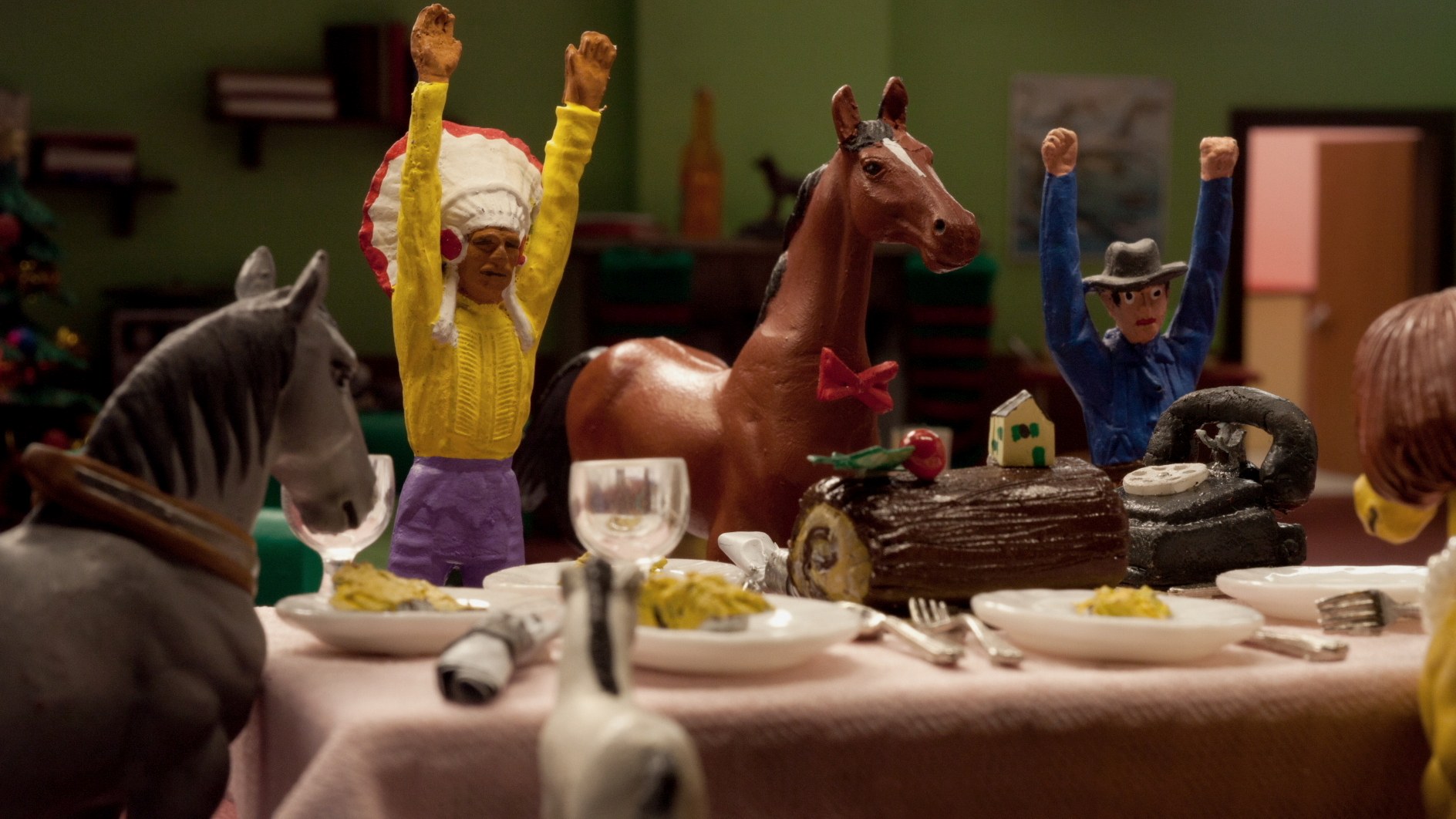
(Stephanie Aubier and Vincent Patar, 2009) · Proving the road to Hell is paved with good intentions (and fifty-million bricks), a birthday gift gone wrong leads to a harrowing misadventure between vintage-toy roommates Horse, Cowboy, and Indian. A simple mistake takes them to the bottom of the ocean, the center of the earth, and another dimension. This Belgian, French-language comedy took 260 days to animate and incorporated fifteen hundred plastic toy figures in its production.
runtime: 75 min format: 35mm
2016-01-24 @ 7:00 PM
Alice

(Jan Svankmajer, 1988) · Jan Svankmajer’s adamantly dark-edged interpretation of Lewis Carroll’s 1865 novel Alice’s Adventures in Wonderland incorporates stop-motion with live-action and puppetry. When a taxidermy white rabbit comes to life, the young Alice follows him into a disjointed world of incongruous spaces and colorfully skewed characters. For his first feature film, Svankmajer wished to make a film that was not a mere fairy tale, but truly a dream—no matter how forbidding.
runtime: 84 min format: 16mm
2016-01-31 @ 7:00 PM
The Tale of the Fox
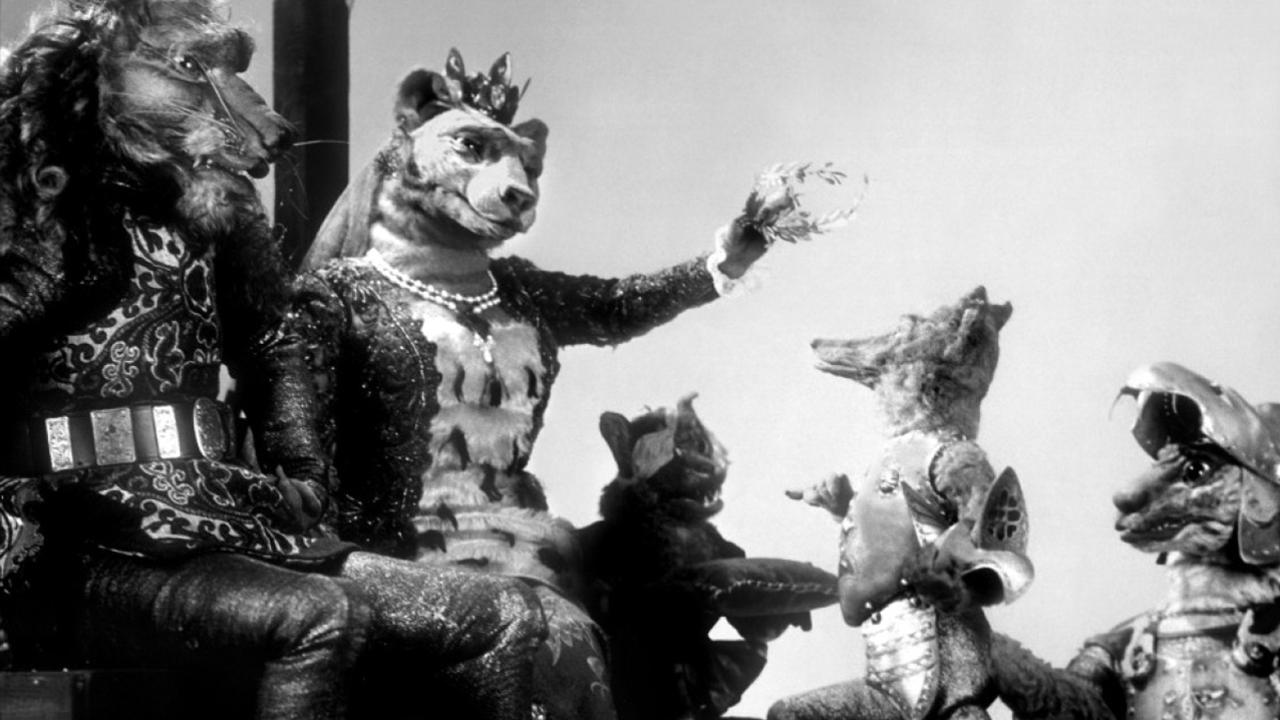
(Irene and Wladyslaw Starewicz, 1930) · Based on a medieval French fable, a clever prankster of a fox named Reynard delights in making fools out of all the other animals in the Kingdom. His shenanigans are a source of constant complaints to the (lion) King, who orders the fox arrested. When he cannot be caught, the King personally leads an army to find him. This film from pioneering animator Wladyslaw Starewicz was only the sixth animated feature film (and the second using puppet animation) produced in the world.
runtime: 65 min format: DCP
2016-02-07 @ 7:00 PM
Fantastic Planet
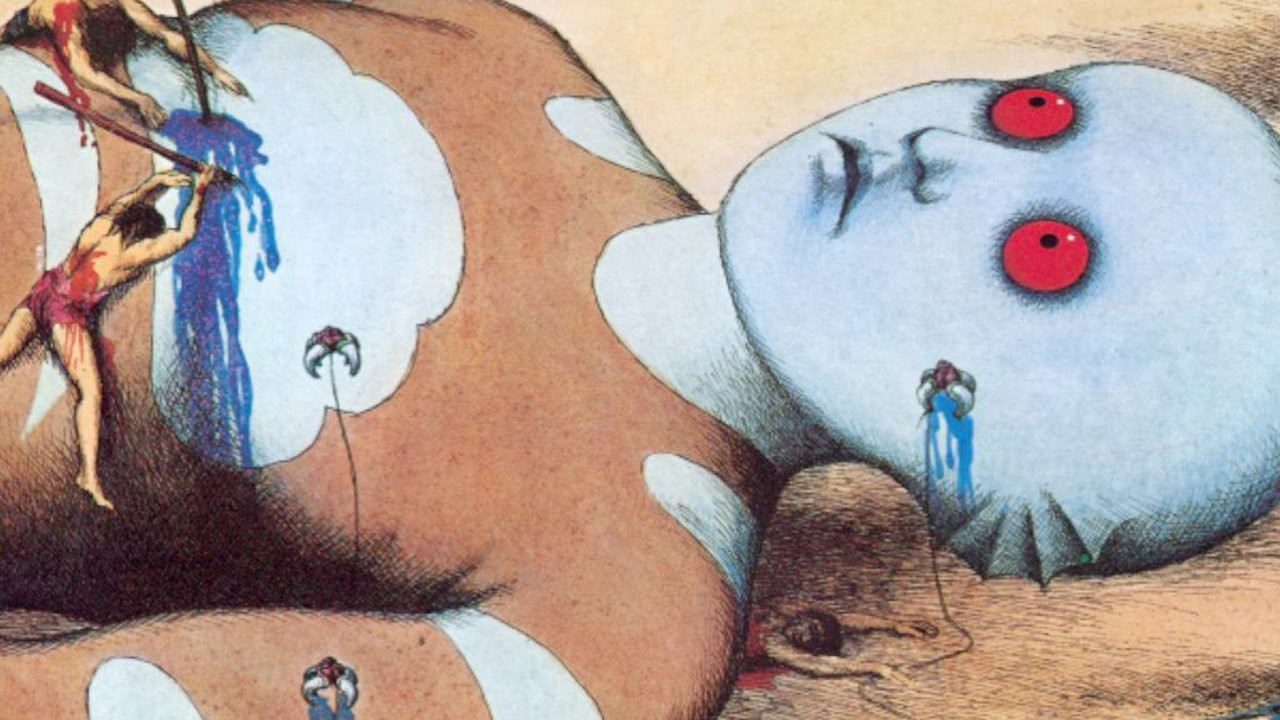
(Rene Laloux, 1973) · Created in psychedelic 2D cut-out animation, humans stolen from Earth (Oms) are enslaved as pets on the planet Ygam by the giant blue humanoid Draags. Oms not kept as pets are continually exterminated by the Draags, who consider them animals and fear the growth of their population. An Om named Terr being kept as a pet escapes, taking with him enough Draag technology to possibly save his species and escape Ygam forever. Alain Goraguer composed the film’s equally-psychedelic soundtrack.
runtime: 72 min format: 35mm
2016-02-14 @ 7:15 PM
Mary and Max

(Adam Elliot, 2009) · In his first feature, Australian animator Adam Elliot explores the life of Mary Daisy Dinkle, a lonely girl derided at school for the birthmark on her forehead. Her parents distant and her only friend a chicken, she randomly makes a lifetime pen pal friend of Max Horowitz (brilliantly voiced by Phillip Seymour Hoffman), an obese Jewish man in New York City with Asperger’s syndrome. Despite being so different, they discover they have everything in common.
runtime: 92 min format: 35mm
2016-02-21 @ 7:00 PM
Consuming Spirits
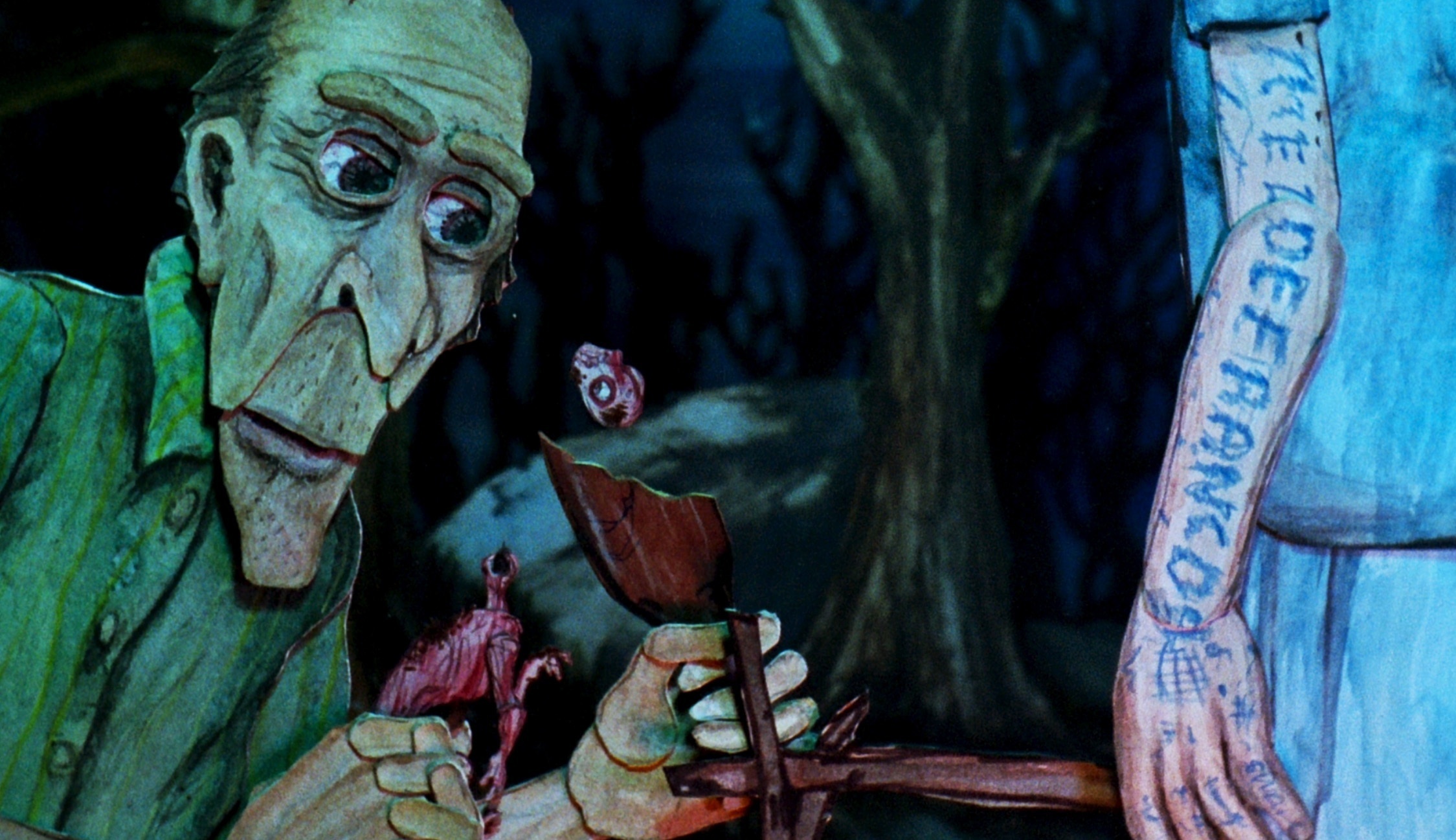
(Chris Sullivan, 2012) · Three mere coworkers at the local Magnusson newspaper The Daily Suggester are slowly revealed to have disturbing and sordidly intertwined relationships. Through the revelations of sometimes-horrible secrets, there is the hope to assuage the loneliness of a town living beyond its usefulness. This is the debut feature from Chicago animator Chris Sullivan, incorporating second and third dimensional stop-motion and drawn animation.
runtime: 128 min format: DCP
2016-02-28 @ 7:00 PM
Jason and the Argonauts

(Don Chaffey, 1963) · Stop motion animation legend Ray Harryhausen’s mythological masterpiece. Live the ancient Greek epic of Jason and the crew of the Argo on their quest for the Golden Fleece, as they battle through giant living statues, multi-headed hydras, and the undead. Towering ancient monsters and the groundbreaking skeleton fight scene will leave you breathless. Voted as the number-two monster movie of all time by Empire magazine.
runtime: 104 min format: 35mm
2016-03-06 @ 7:00 PM
Blood Tea and Red String
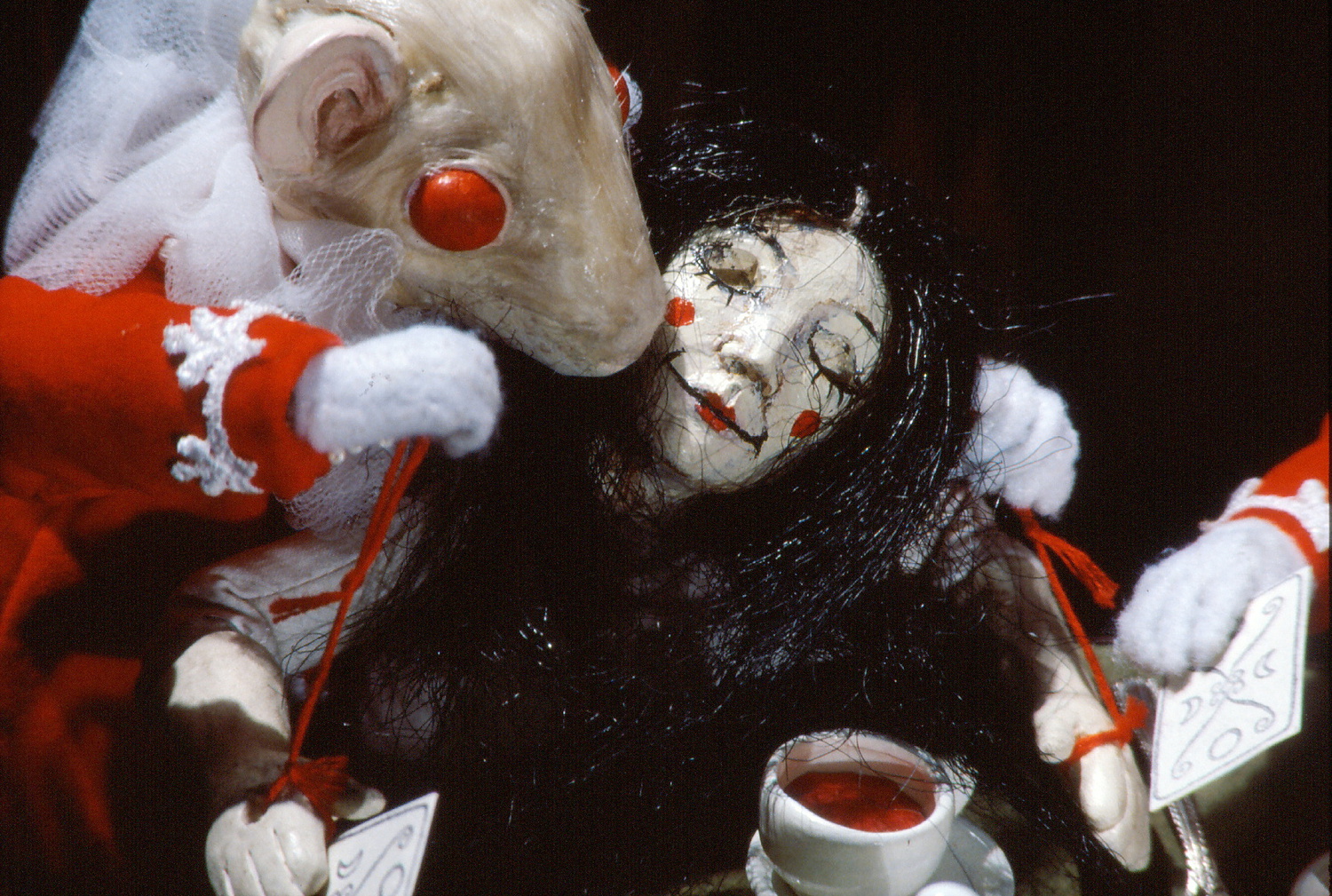
(Christiane Cegavske, 2006) · Cegavske’s solo-animated project, which took her 13 years to create, depicts a rivalry of passion between the blue-blooded Mice and the Creatures that Dwell Under the Oak, who fall madly in love with a beautiful doll. The nefarious Mice steal her away, leading the Oaken Creatures on a journey across a fantastical land—filled with hallucinogenic fruit, giant spiders, and magic-wielding frogs—to win her back. Cegavske will be present for a post-screening Q&A.
runtime: 71 min format: Digital
2016-03-13 @ 7:00 PM
The Secret Adventures of Tom Thumb
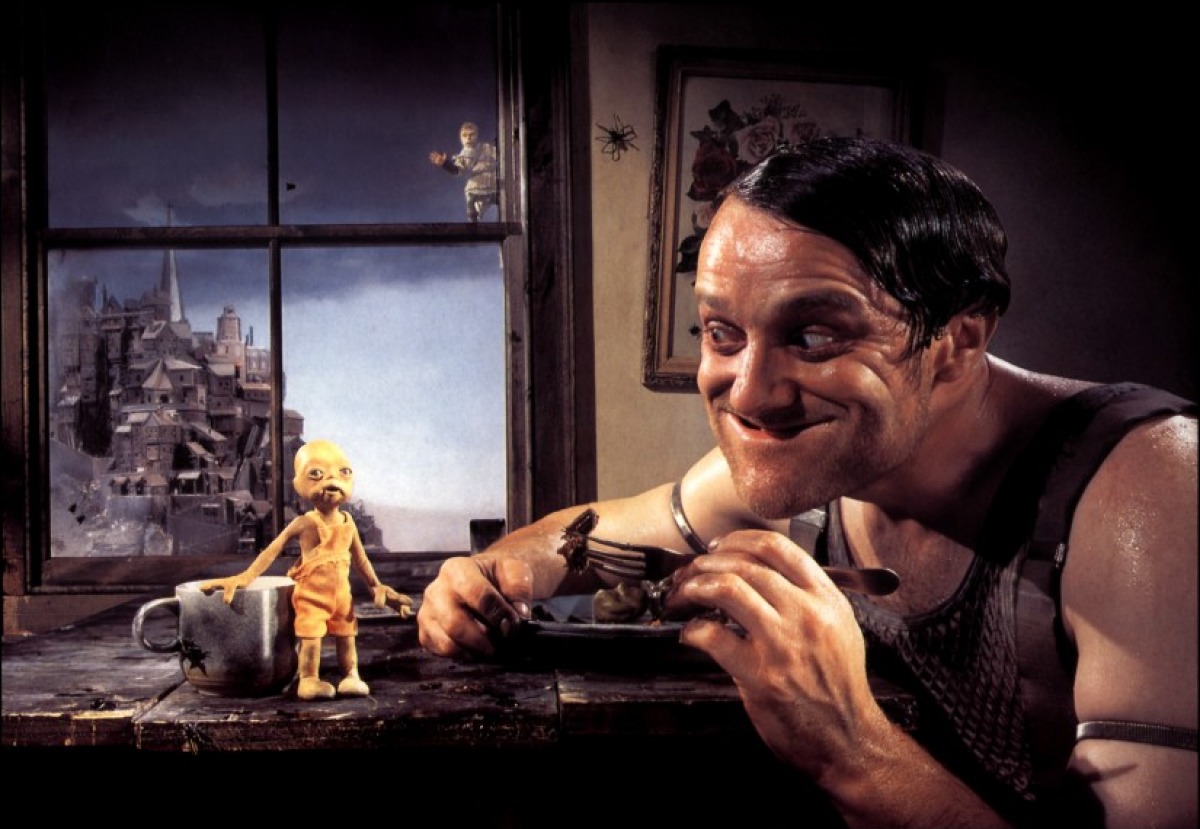
(Dave Borthwick, 1993) · After a tainted insemination, a couple gives birth to a doll-sized child. Scientists steal him away to subject him to grisly experimentation, but he gets away and struggles to reunite with his father. The film incorporates live actors who are animated a frame at a time, performing alongside malformed and disturbing creatures. It is a film about trying to escape, set in a dark underworld from which the viewer cannot.
runtime: 60 min format: 35mm



